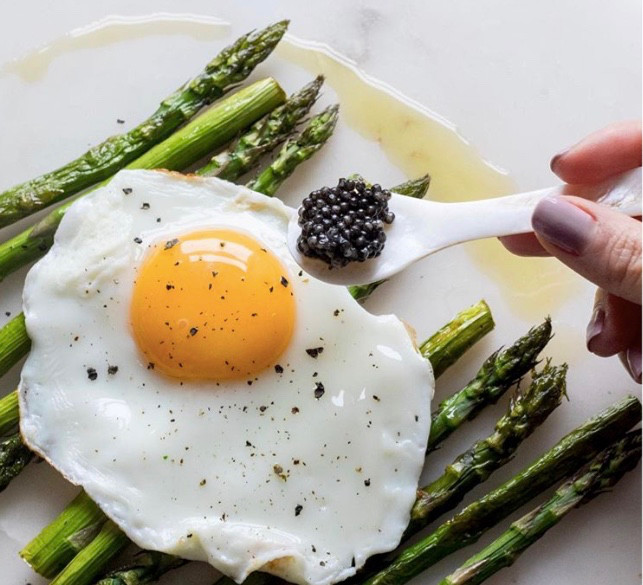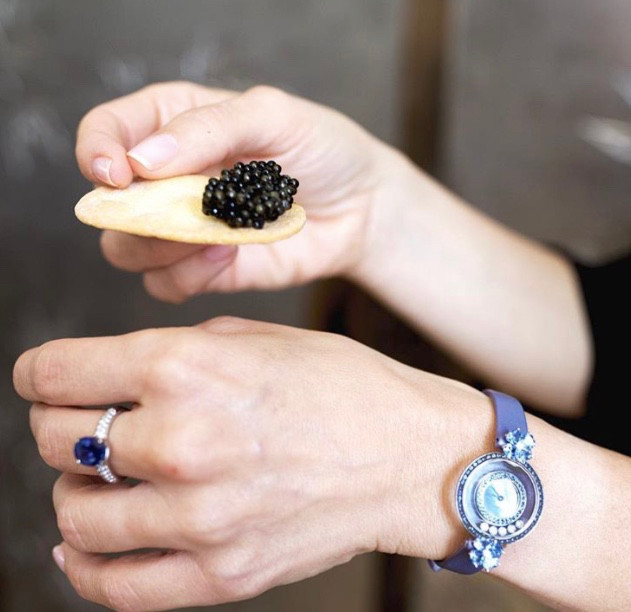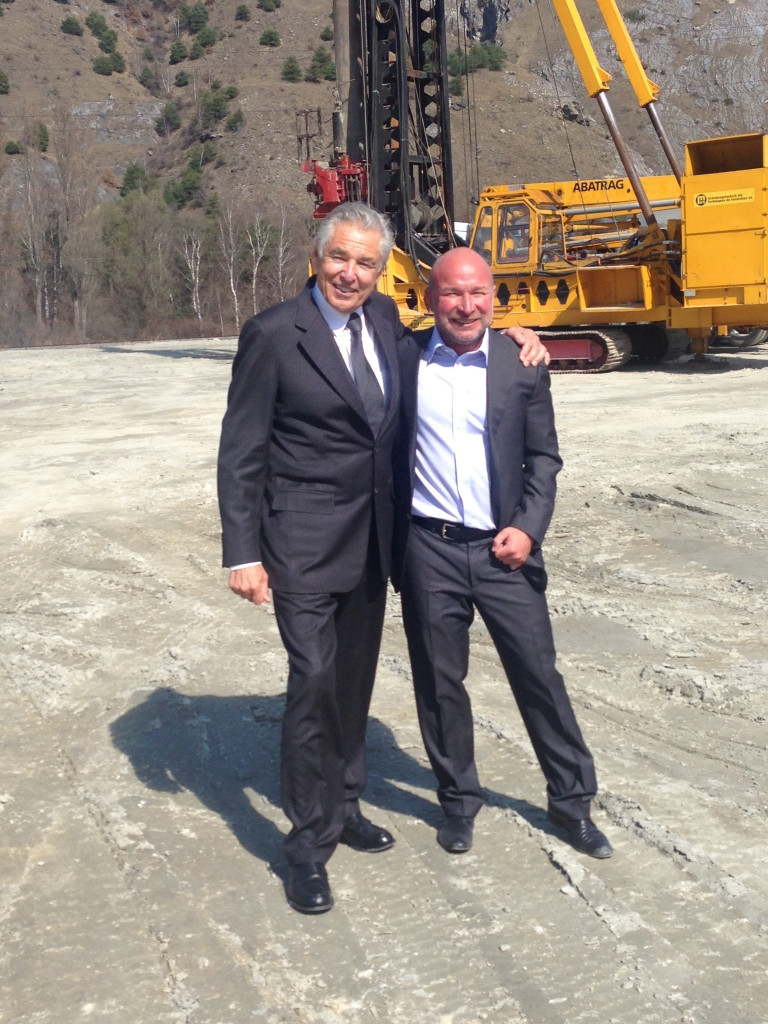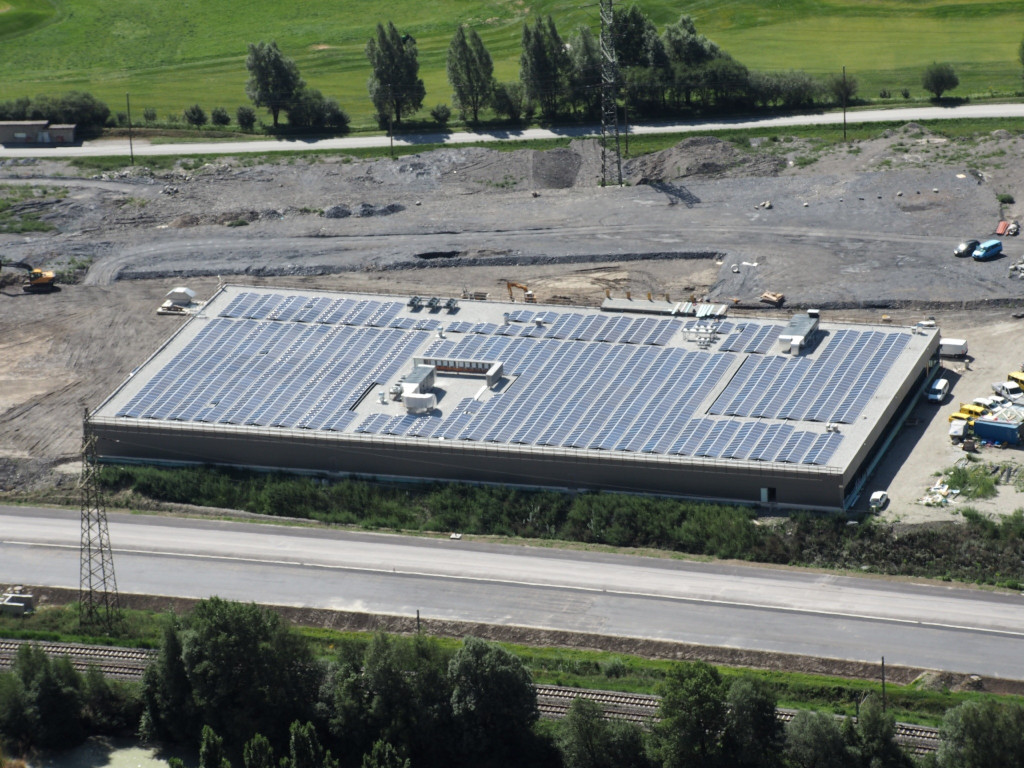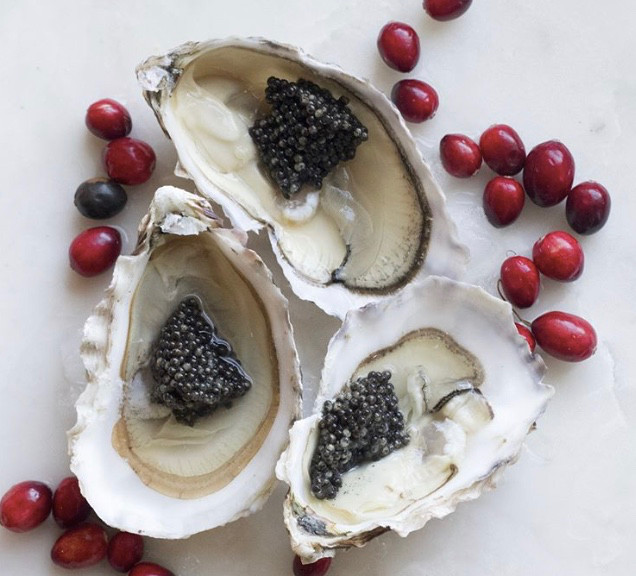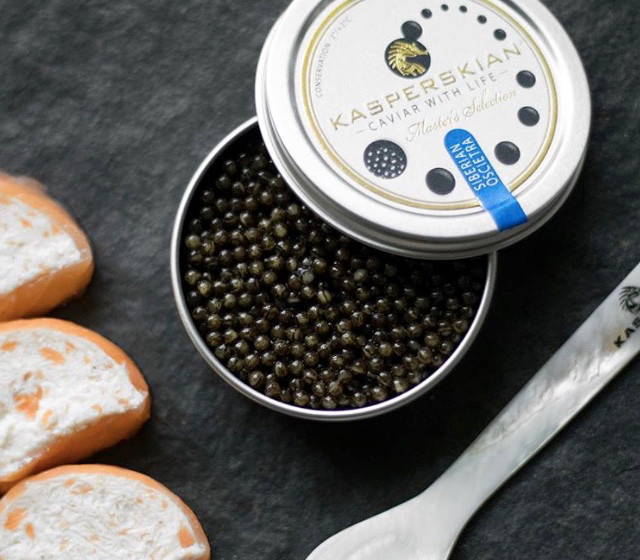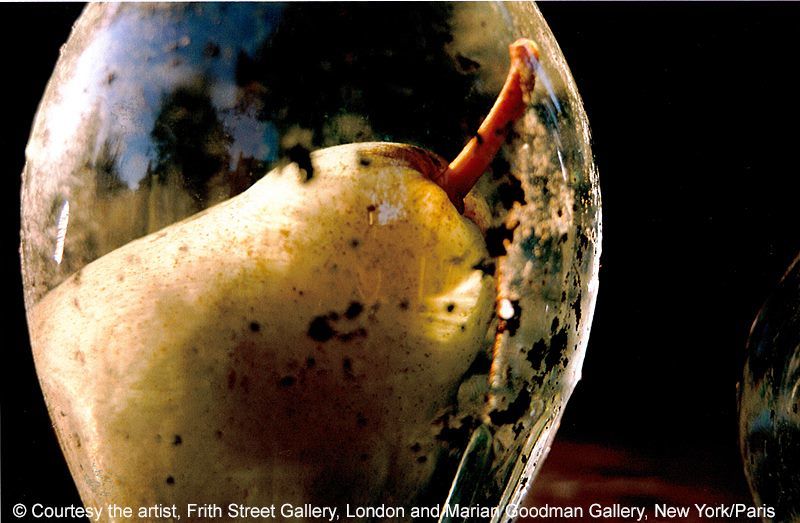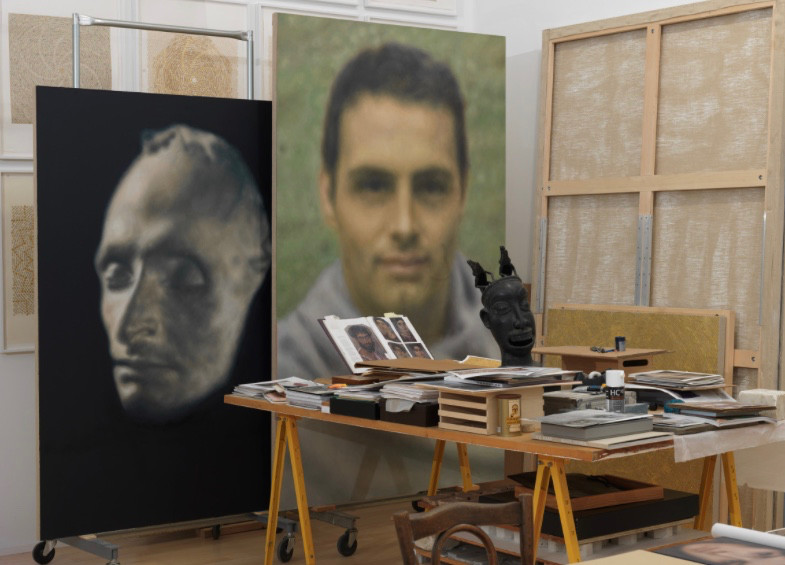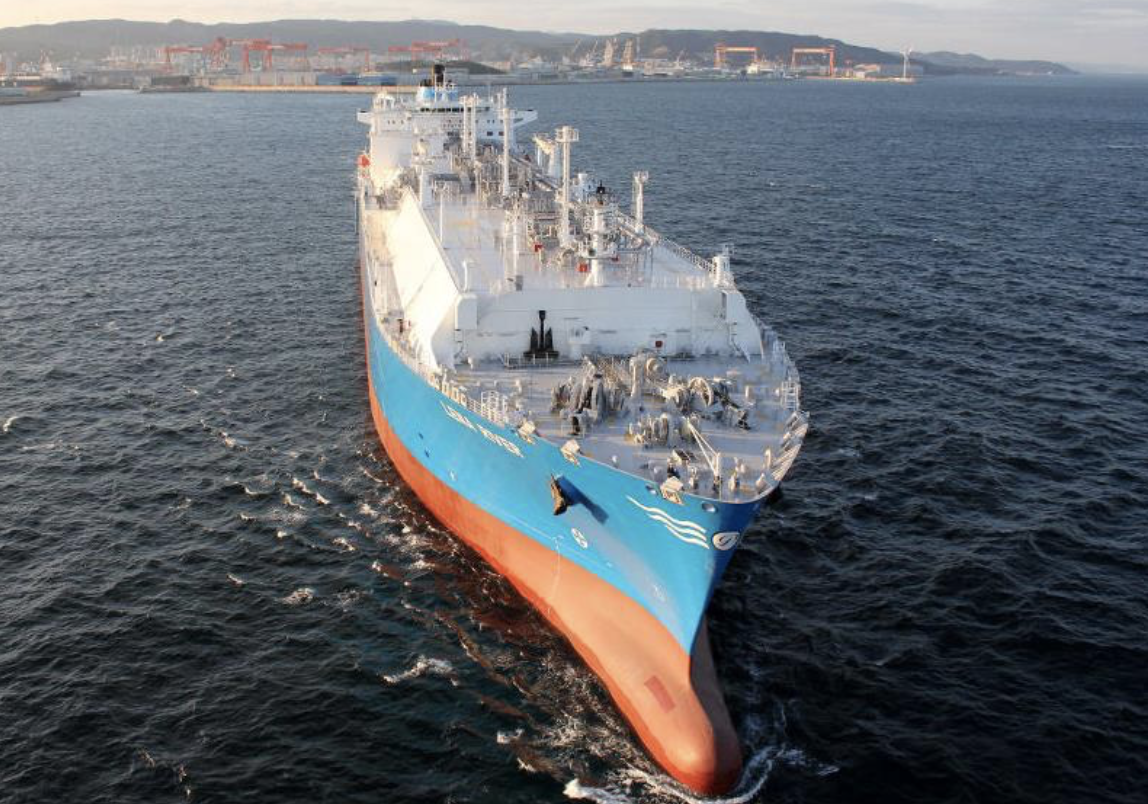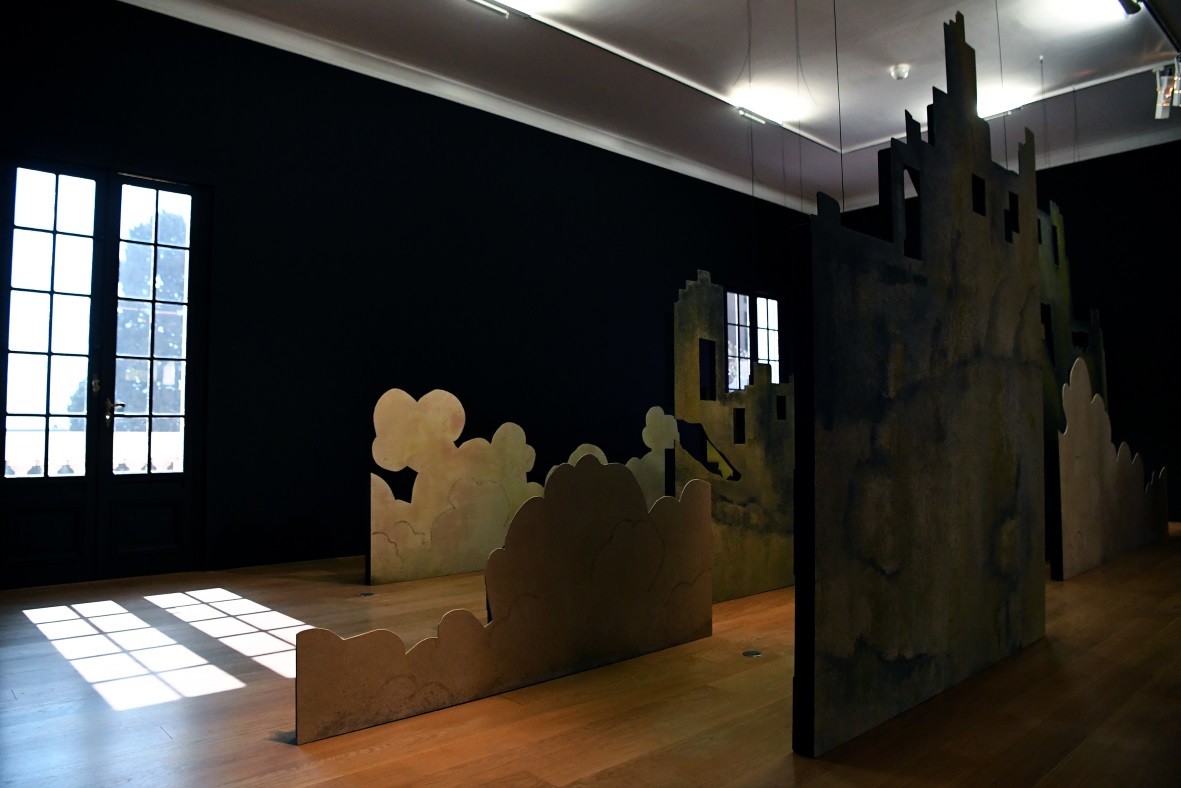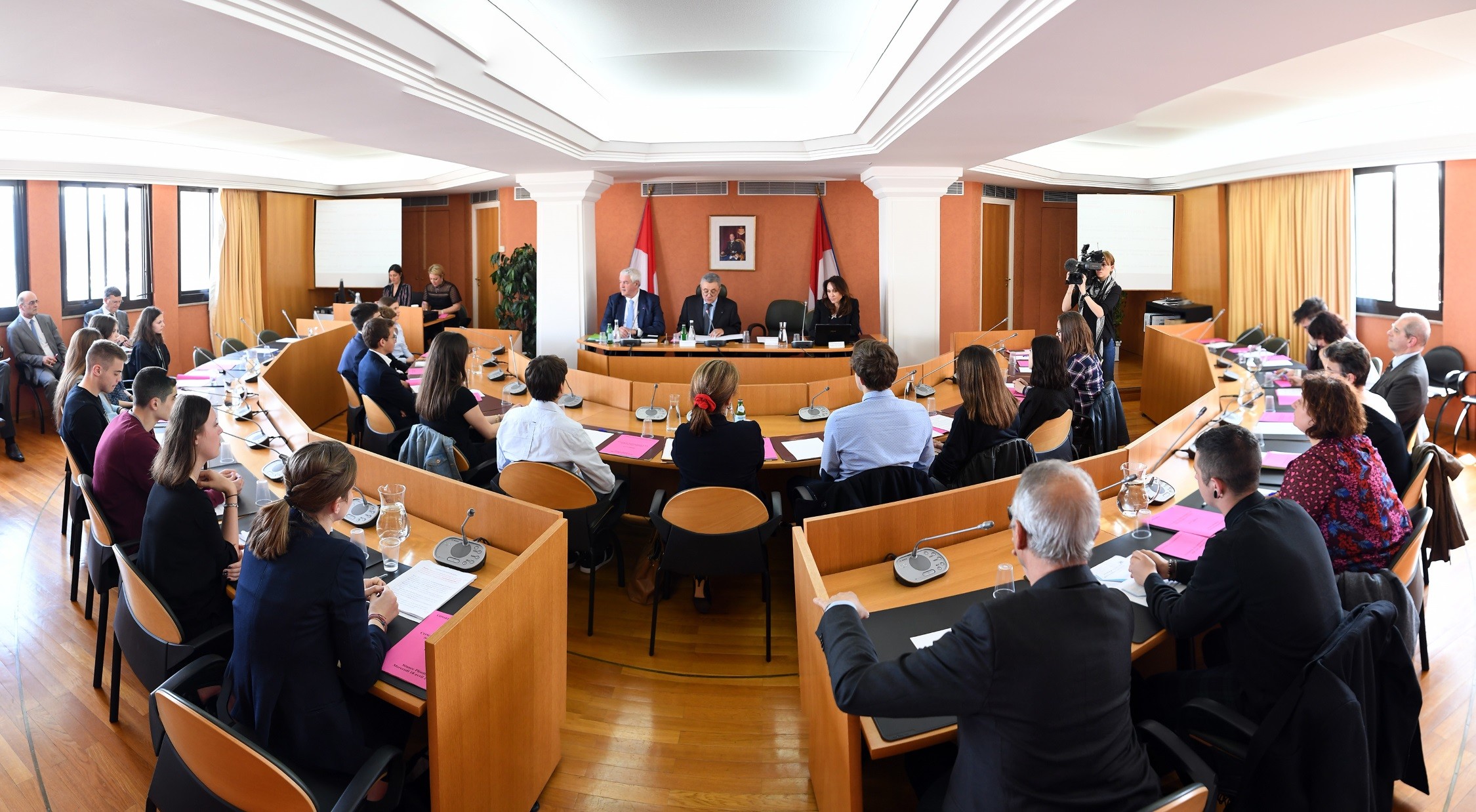ML: As co-owner of INLINE Technologies Group, one of Russia’s largest IT companies, you were contacted by a friend about the idea for the world’s first sustainable caviar. What made you decide to switch from IT in Russia to producing caviar in Switzerland?
KS: I like challenges and new projects and I enjoy doing business in different countries. Yet for some reason, until Kasperskian, all my involvement has been within the IT industry, probably because I was comfortable in a field where I had 27 years of experience.
When my Swiss friend, Peter Brabeck-Letmathe, called me six years ago with a proposal, my first reaction was: “Why are you calling me about caviar?”
He replied that I am Russian and caviar should be in my heart. On top of that he offered to participate in a unique project which had not yet been done anywhere in the world – the production of the first truly sustainable, cruelty-free, fresh caviar – and without have to kill any fish. It was a new endeavour, and I accepted it.
Moreover my partner Peter is the former chairman and CEO of the Nestlé Group – and former chairman of Formula One – and an environmental enthusiast who knows probably better than anybody else in the world how to produce and market high-end organic food. So it would have been silly on my part to walk away from such an opportunity.
Log in to read full story.
[ihc-hide-content ihc_mb_type=”show” ihc_mb_who=”reg” ihc_mb_template=”” ]
ML: How is sustainable caviar and its taste different from regular caviar?
KS: The taste is a little bit different because if you kill fish you extract eggs two weeks before natural spawning. In our case, we do it at the time of natural spawning and so over these two weeks the eggs become bigger, the skin thinner and the texture more creamy.
In general the size of our sturgeon caviar is almost the same size as beluga caviar but the taste is much more gentle. That is why, for example, we add just a hint of salt to our caviar – to emphasise the caviar’s unique taste, not that of the taste. Caviar connoisseurs truly love it.
ML: Traditionally, there have been 4 types of processing methods for caviar – Malossol, Salted Caviar, Pressed Caviar and Pasteurized Caviar. How does Kasperskian caviar differ?
KS: This is a bit of a mix up of different types of caviar classification. Essentially, caviar can be pressed or granule. Pressed caviar was popular a couple hundreds of years ago when cooling systems had not yet been invented and logistics were not developed. The production was tsimply: fresh caviar was pressed and squeezed out and then mixed with a lot of salt and pressed again. As a result you had very salty cubes of pressed caviar, which could be kept without refrigeration for years. Now it is less than 2% of caviar production and it’s very hard to find.
Granular is the caviar that we usually see in the shop windows. All other caviar classification is tied into granular.
Malossol and Salted is the same granular caviar but Malossol has less salt content than Salted: 5% compared to 8 percent.
Then caviar can be fresh or pasteurized. Pasteurized caviar is usually quite cheap caviar with a shelf life of up to two years. Actually it’s boiled caviar, not live.
Fresh caviar has the most flavour and is most expensive in production, has a shorter shelf live and its real taste is not obscured by a lot of salt. And this is exactly what we produce.
ML: The International Union for Conservation of Nature placed 18 species of sturgeon on its Red List of Threatened Species, making the sturgeon “the most endangered group of species on Earth”. Tell us about Kasperskian’s sturgeons and their dwelling in Leuk, Switzerland.
KS: We have two types of sturgeon: Siberian Oscietra and Russian Oscietra. On average, they live 20 years. It’s possible to get the first caviar from 5- to 6-year-old Siberian Oscietra and from Russian Oscietra when it is 6 to 7 years old.
We believe that we treat them in the best possible way, which reflects in different certificates from the Swiss Veterinary Services (probably the strictest regulations for endangered species in the world), as well as from WWF.
The fish live in different pools. Baby fish pools, what we call the kindergarten area, for young fish up to 2 years old, and then major pools for mature fish.
Also, we have dedicated “spa pools” with special jet currents and bubbles where female fish can recover after caviar milking. When my wife saw this facility, she told me that the fish get better care than she did after giving birth to our children!
ML: Is it true that caviar sells for $35,000 a kilo? How does your caviar compare in price?
KS: Yes some types of albino caviar from beluga may cost $35,000 a kilo but it’s a quite rare caviar even though the flavour is almost the same as regular caviar. Therefore it’s for people who are prepared to pay for something one-of-a-kind and not for taste.
Our caviar is much more affordable and cost about $3,000 per kilo retail.
ML: Who are the biggest consumers of caviar?
KS: The biggest consumers of caviar are probably Russians and Russia is probably the largest producer of caviar, although they consume almost everything they produces making it a very closed market.
Unfortunately the quality of Russian caviar nowadays has dropped as consumers tend to buy a cheaper product. Today, when sales of caviar from wild fish is prohibited and 97% of caviar on the market is from farmed fish the traditional idea that the best caviar in the world is from Russia or Iran is totally wrong.
I believe that the best caviar is produced in countries with the strictest regulations for animal care. For example, our philosophy is “happier fish – better caviar”.
And this in not only our position: Regulatory and veterinary authorities control each step of our production: how we treat the fish, how they live, how we milk them during caviar extraction, how we feed them, etc. It would be impossible to imagine this type of regulation in, say, China. And, of course, many producers who do not have such standards, tend to cut costs by making compromises on the food they feed to the fish, the fish density in pools or lakes, and the general treatment of fish.
ML: Where can people buy Kasperskian caviar?
KS: Nearly everywhere in Switzerland, including Globus and Migros food retailers and several renowned hotels – including among others the Mandarin Oriental, Ritz, Badrutt’s Palace, Fairmont Le Montreux Palace. We can also be found in Michelin-star restaurants in Paris, Zurich, Geneva and Munich.
In London, we work with private clubs like RAC, 67 Pall Mall and Café Royal.
In Monaco we are looking for a partner who would be able to import our products into the country and help us in developing our sales here.
ML: What is the biggest mistake people make when buying or eating caviar?
KS: I have four suggestions. One: Before you open a tin carefully look at the label and check to see if there are any additives or preservatives in the caviar. If you find such additives as borax, E-285 or E-286 do not buy this caviar. Borax is dangerous and banned in food in the US and Japan. Some producers add it to increase the caviar’s shelf life and decrease its costs accordingly. To be safe, buy only caviar that consists of fish roe and salt.
Two: When you open the tin make a visual check. Mixed colour is usually better then monocolour and fish are not machines so the eggs should be a little different. Then the eggs should have round form and are not squashed. If you see notice some eggs look like blown little balls there is high probability that the caviar is not fresh and was frozen before. There should be no slime between eggs or on the tin’s lid – this is characteristic of poor quality caviar.
Three: Check if the caviar smells, especially fishy smell or seaweed odour. Good caviar should not have any smell.
Four: Try it. The caviar should taste like caviar, not like fish or seaweed, or too salty. Some producers cover up the lack of quality with salt.
ML: What is you favourite way to eat caviar?
KS: If, like Kasperskian, the caviar is good, you can enjoy eating it on its own, with maybe a couple of small neutral-flavour crackers, toast with unsalted butter or boiled quail eggs.
However, our Instagram page has many mouth-watering, adventurous ideas on how to serve it.
Personally, I prefer to accompany Kasperskian caviar with either Champagne or a white wine like Meursault or Montrachet.
For more see www.kasperskian.com. All photos Instagram @kasperskian_cavia. Article first published March 20, 2018.
[/ihc-hide-content]
